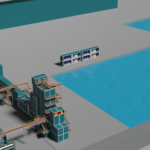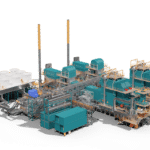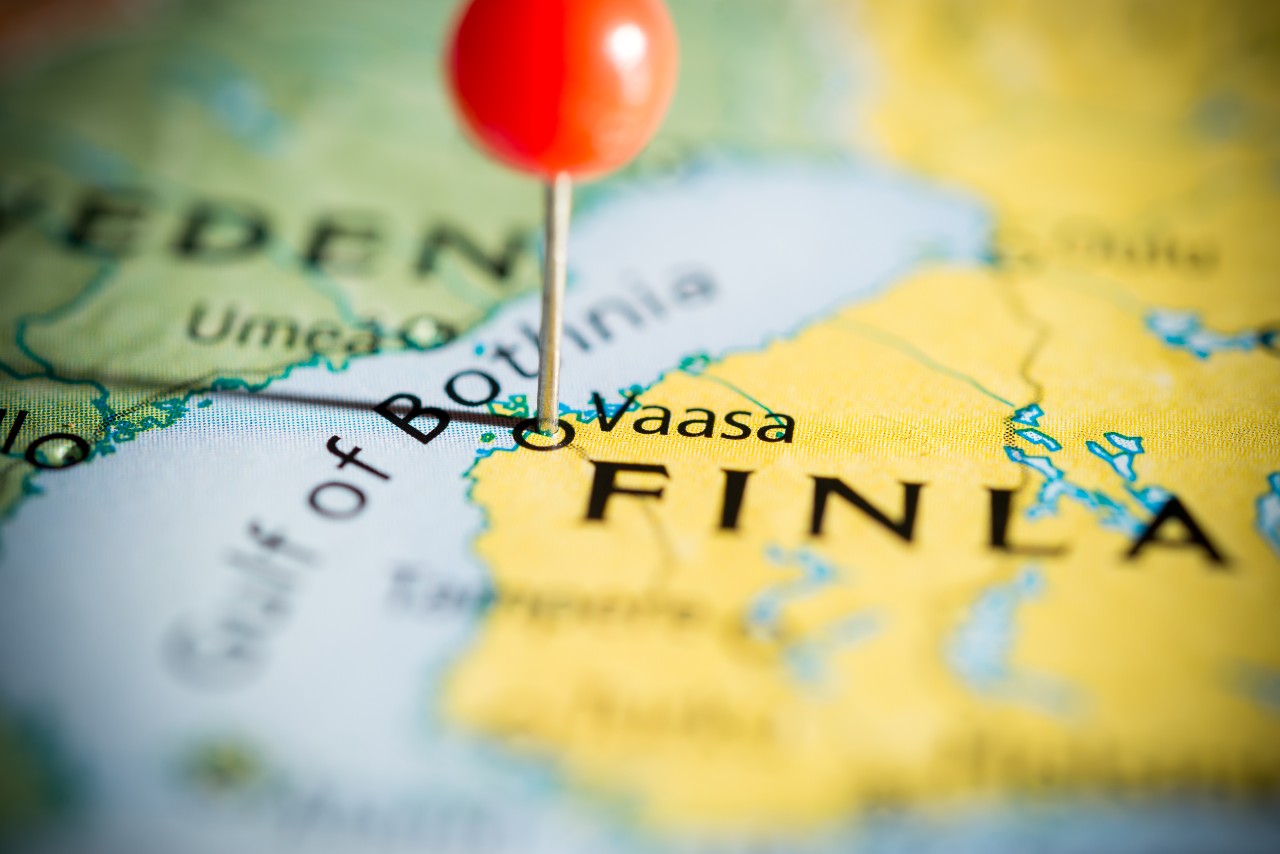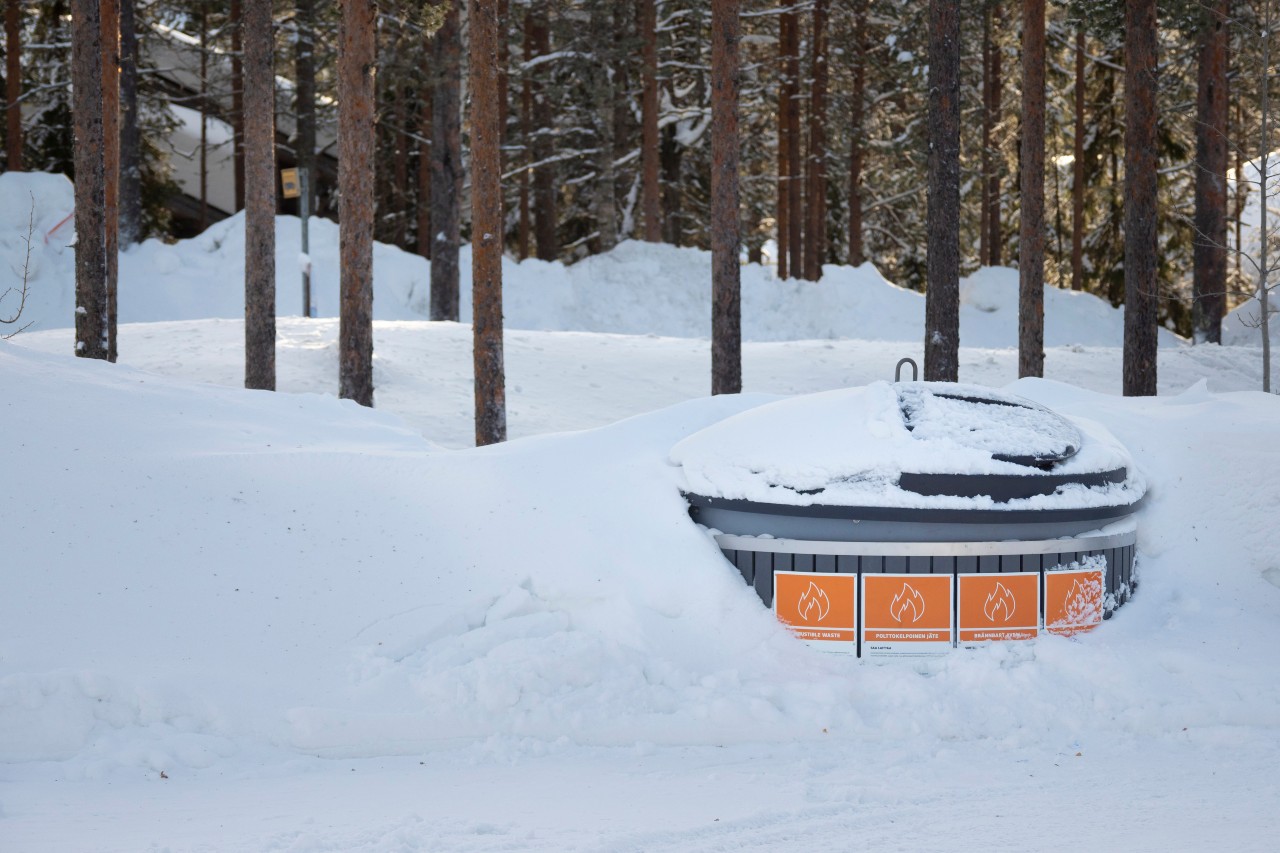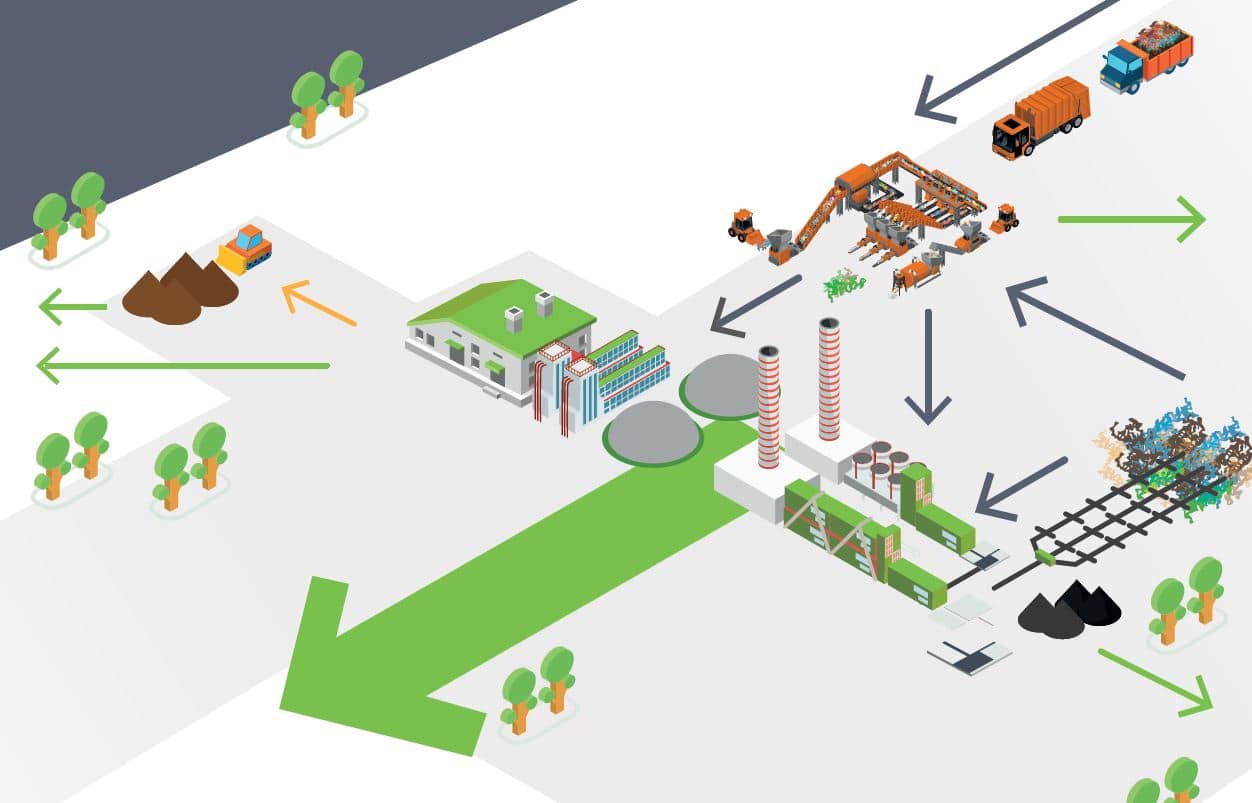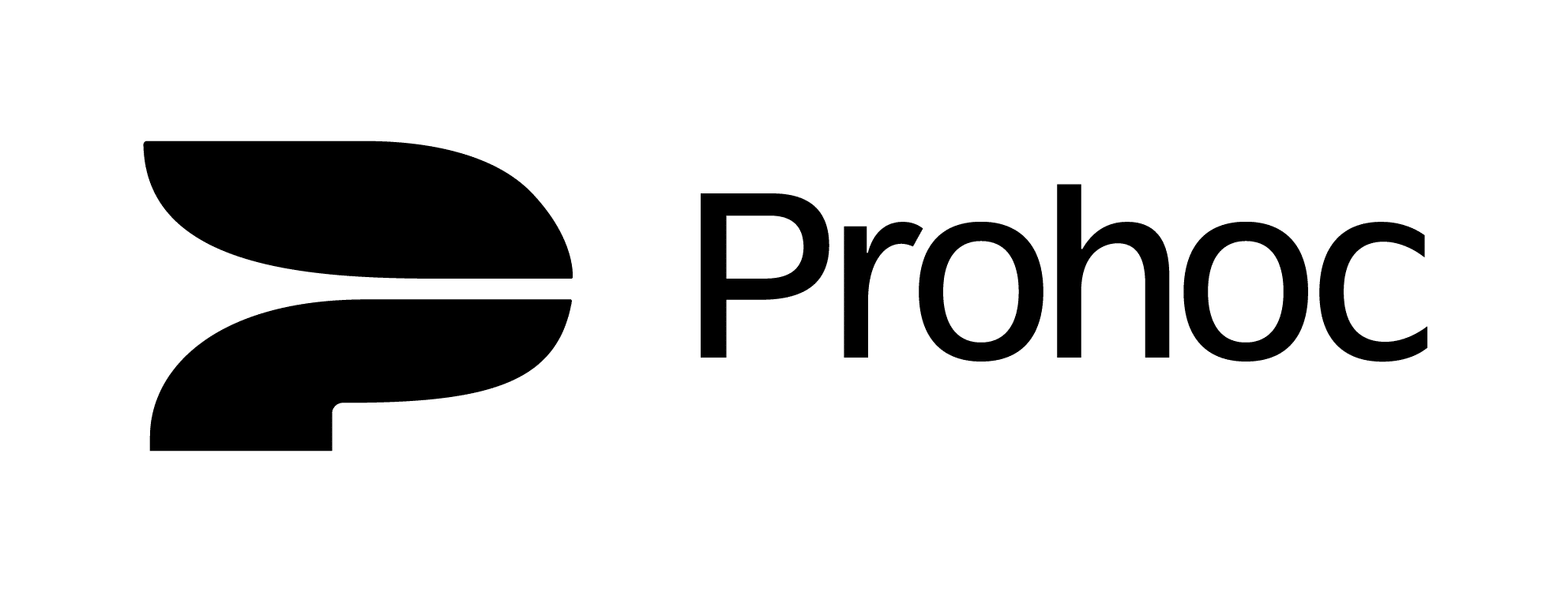The High Coast in Sweden and the Kvarken Archipelago in Finland are situated on opposite sides of the Gulf of Bothnia, in the northern part of the Baltic Sea. This vast area of 3,500 km2 (of which about 1,000 km2 are terrestrial) is where high meets low. The High Coast’s hilly scenery with high islands, steep shores, smooth cliffs, and deep inlets is a complete contrast to the Kvarken Archipelago with its thousands of low‐lying islands, shallow bays, moraine ridges and massive boulder fields. The 5,600 islands of the Kvarken Archipelago feature unusual ridged washboard moraines, ‘De Geer moraines’, formed by the melting of the continental ice sheet.
This part of the world has experienced several Ice Ages during the last 2‐3 million years and has been under the center of the continental ice sheet a number of times. Present land uplift started when the ice began to melt about 18,000 years ago and the earth’s crust was gradually released from the weight of the ice.
The landscape of the High Coast / Kvarken Archipelago today is mainly the result of the last Ice Age and the impact of the sea and the succession of vegetation. After the last glaciation, the land has elevated a total of 800 meters, with the highest uplift in the world after the last Ice Age recorded here. For the past 10,500 years, the land has been rising at around 0.9 m per century, a phenomenon that can be observed in a human lifetime and is expected to continue. Continual elevation of the land results in the emergence of new islands and distinctive glacial landforms, while inlets become progressively cut off from the sea, transforming them into estuaries and ultimately lakes.
The Baltic Sea has undergone dramatic changes since the last Ice Age, including a series of transitions from marine water to freshwater and then to brackish water, consequently causing subsequent changes in plant and animal life. This serial transboundary property serves as an outstanding example of the continuity of this change with dynamic ongoing geological processes forming the land- and seascape, including interesting interactions with biological processes and ecosystem development.
The Kvarken Archipelago is located right next to the city of Vaasa, home to one of the best-functioning waste management and recycling operations in the world. WOIMA Corporation Headquarter is also located in Vaasa together with many other industry leading energy companies.
All the generated waste is collected, less than 1% is deposited at a landfill and none of it ends up in nature. All municipal, commercial and industrial waste streams are source-sorted; raw materials are recycled, inorganic material is incinerated into energy (both electricity and thermal energy for the city’s district heating network) in the Westenergy waste-to-energy power plant and biowaste is digested into biogas at the Stormossens biogas plant.
The Westenergy waste-to-energy power plant, opened in 2012, is one of the most efficient in the world. It incinerates 180,000 tons of waste annually to generate enough thermal energy to heat one third of the houses in Vaasa and enough electricity for 7,000 city apartments. Even the ashes are recycled by extracting the metals and ageing the ash to an inert form.
The Stormossen biogas plant was the second one in Europe, when it opened in 1990. Last year it processed over 40,000 tons of biodegradable materials, mainly biowaste and sludge, to generate over 1.8 million Nm3 of biogas. The gas is further refined to traffic fuel; Vaasa city buses run on the compressed biogas (CBG). The digestate from the plant is composted and sold for soil improvement. The plant utilizes latent heat, electricity and hot water from the neighboring Westenergy power plant to optimize its production capacity.
The WOIMA Ecosystem builds on the same principles of zero waste and recycling. Waste sorting, incineration and biogas generation create the cornerstone of the Waste-to-Value Ecosystem that can accept and treat all the waste streams that communities generate. Versatile energy commodities, flexible power generation and internal synergies ensure that the ecosystem can deduct all the value out of the waste. The modular and pre-fabricated ecosystem components are fast to deliver, simple to erect and easy to maintain.
Contact WOIMA, if you see yourself as collaboration partner in saving the planet. Ask more about turning waste into wellbeing with WOIMA Circular Economy Solutions.

